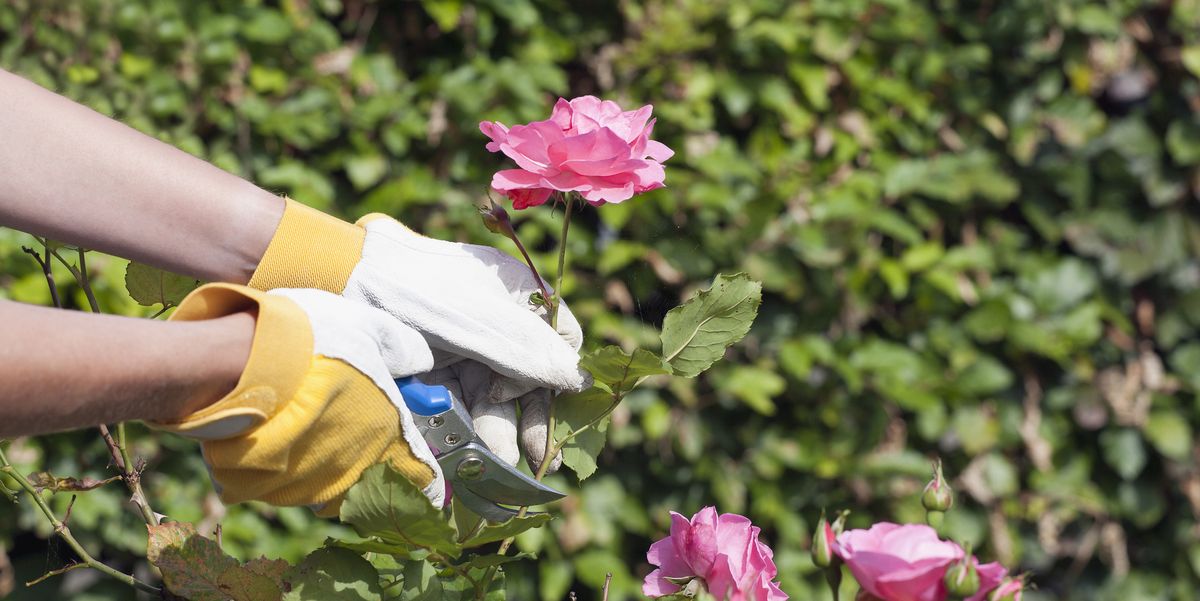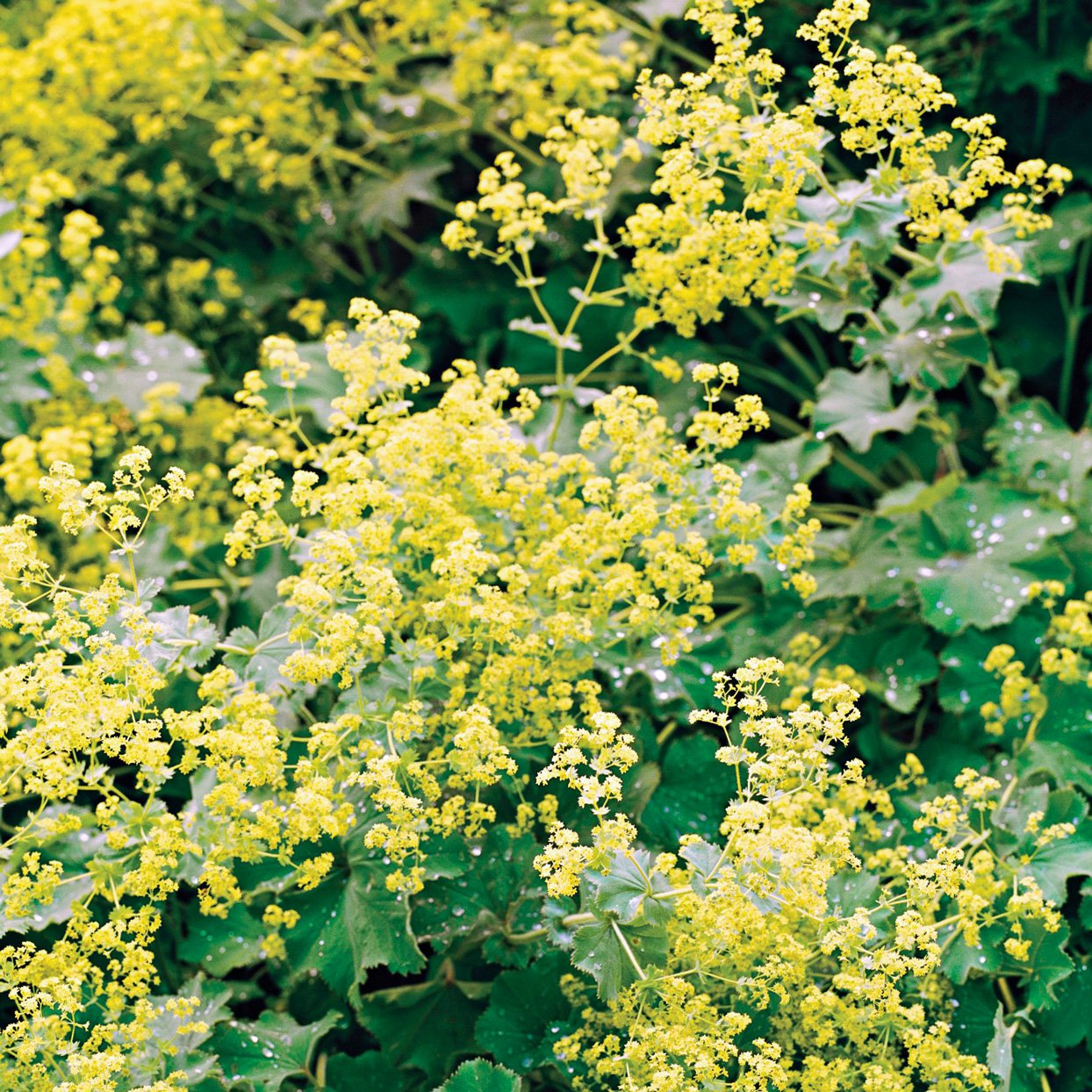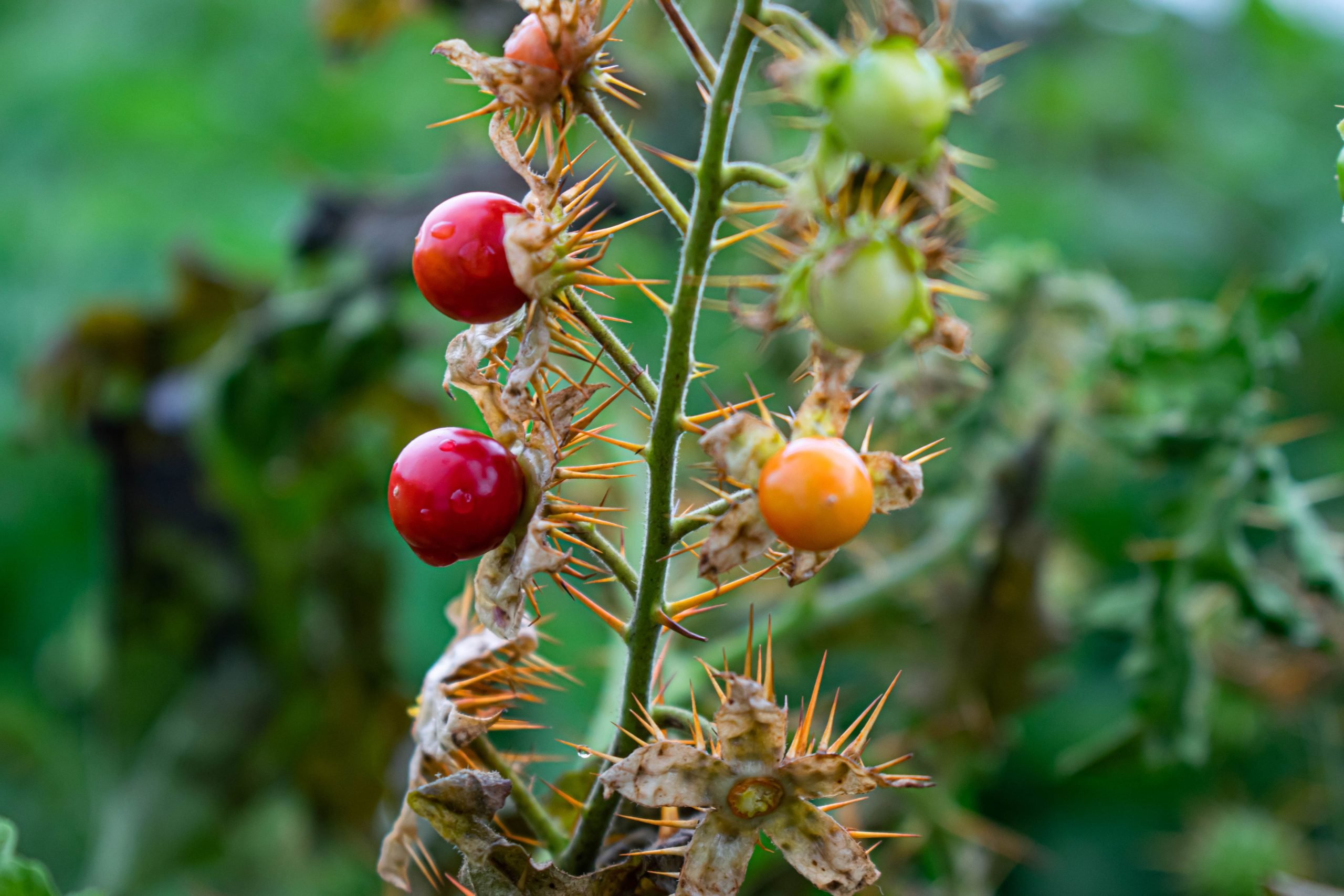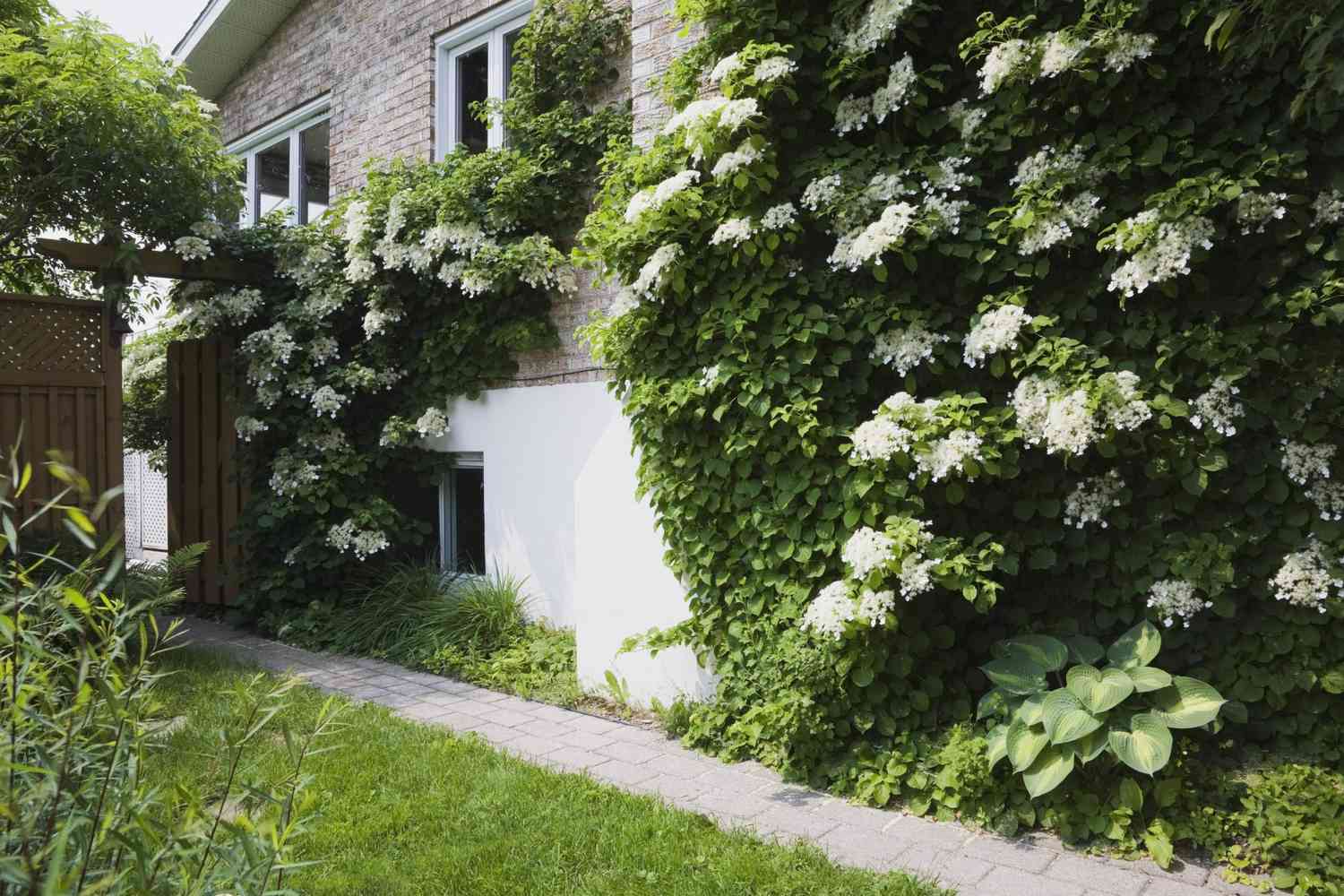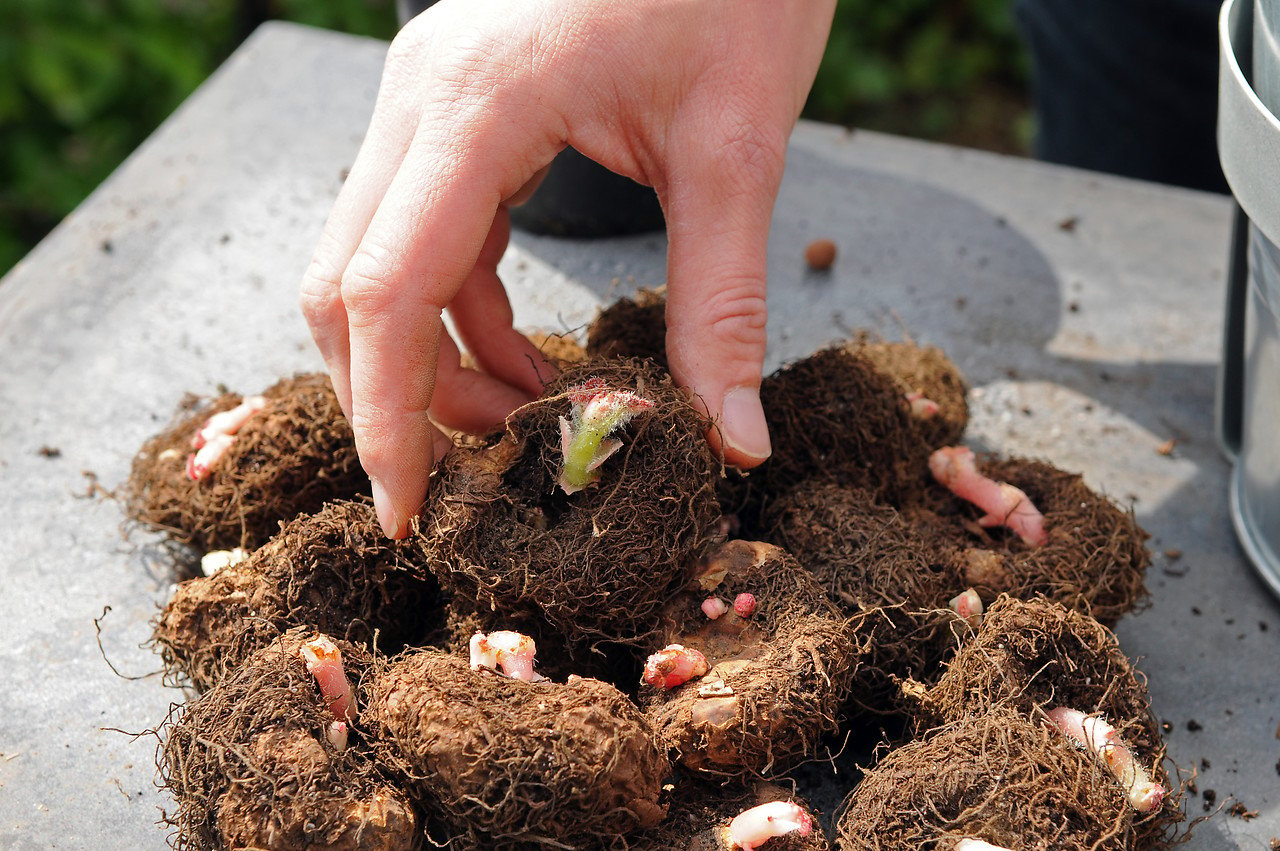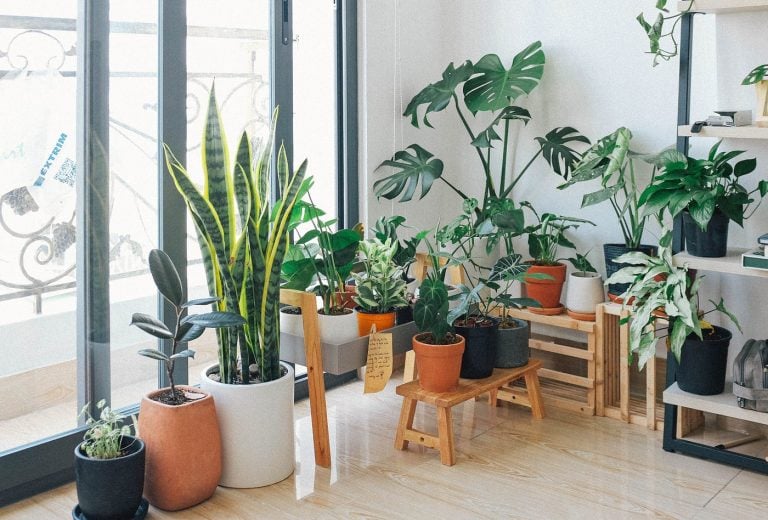Are Salvias Low Maintenance?
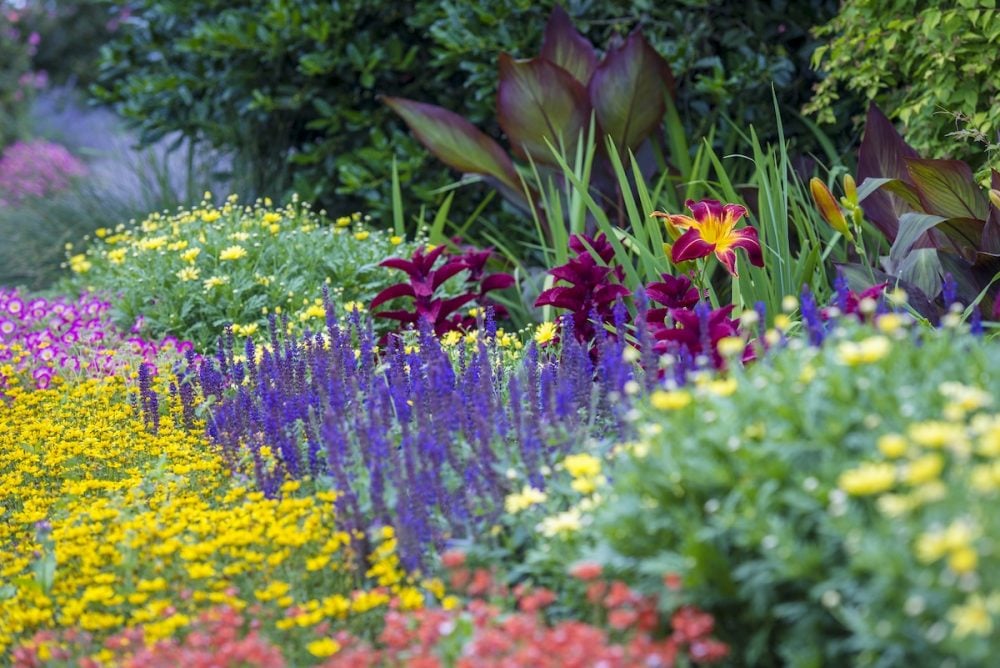
Table of Contents
Imagine a garden adorned with the vibrant hues of Salvias and their beautiful shades gracing your pots and entrance! Sounds beautiful, right? Salvias are known for their captivating beauty and are one of the most preferred plants by garden enthusiasts.
But the real question is, are these attractive blooms truly low maintenance? Read ahead as we unravel the truth for you! This article delves deep into the world of Salvias to understand their care requirements.
It tests Salvias on how well they match up to their low-maintenance reputation. We also have some expert tips to help you grow healthily blooming Salvias in pots at your home.
Join us on this horticultural adventure as we simplify the process of planting Salvias!
Overview of Salvias
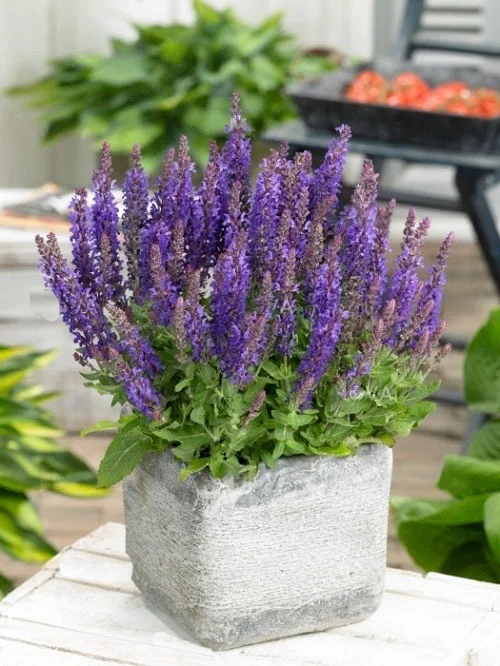
Salvias or Salvia Officinalis have around 1,000 species worldwide. The ornamental Slavias are related to the common sage and mint family. These flowering plants are native to hot and dry climates.
Most Salvias are perennials, which means they can live for more than two years. These plants grow up to 1 to 6 feet tall and wide. The Salvia plant has flower spikes that bloom in vibrant shades of blue, red, purple, and more.
Salvias don’t need highly nutrient-rich soil and can also be grown in pots. However, they need an adequate amount of sunlight and space to thrive and bloom. These characteristics make Slavias a perfect house plant to adorn your pavement or garden area.
How to Grow Salvias?
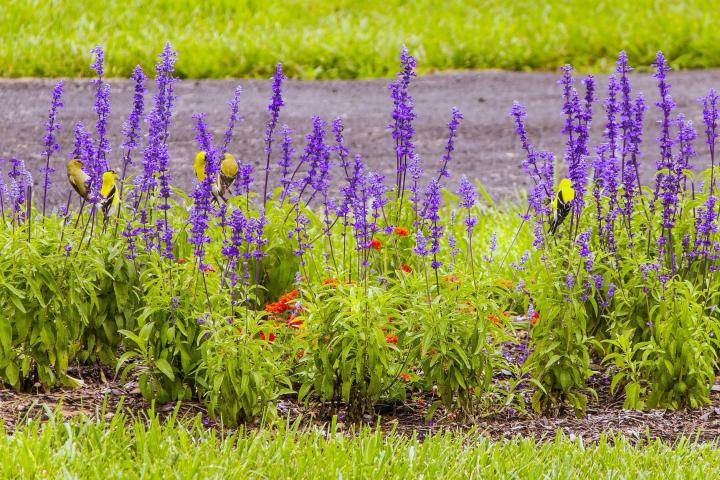
Now that we know the essential characteristics of a Salvia plant, let us see how to cultivate this beautiful plant. You can grow Salvia through the following methods:
1. Transplants
You can easily transplant a Salvia into a garden from a nursery. These plants are widely available at all the online and offline plant stores. You must be careful while transplanting the plant and ensure that it is well-rooted at its new place.
2. Propagation
This is one of the most traditional methods of growing plants. During the blooming season of a Salvia, you can cut a branch from a healthy plant. This branch cutting can be planted and propagated into a new Salvia plant.
3. Plant Shoots
Once a Salvia plant is well-rooted and fully grown, it forms new plant shoots. You can take these plant shoots and distribute them into different areas. It takes around one year of proper care for a Salvia plant to develop new shoots.
Problems with Salvia Plants
To truly know whether or not Salvias are low-maintenance, we need to understand the issues faced while planting Salvias. These problems result in the loss of time and effort of the gardener. It must be noted that these issues may be specific to a region or Salvia variety.
1. No Blooms
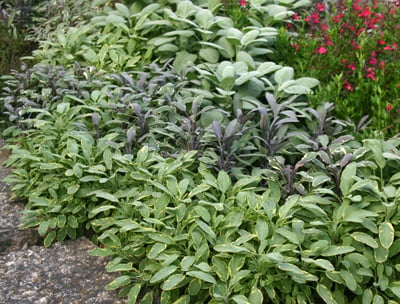
Salvias are a flowering plant that starts blooming from the first year itself. Their blooming starts from the Spring and goes till fall. One of the main reasons for a Salvia plant to not produce flowers is the lack of proper sunlight.
Salvias need around 6-8 hours of direct sunlight daily for perfect blooms and growth. If the issue persists, even after receiving adequate sunlight, you can try deadheading your plant.
2. Leggy Plant
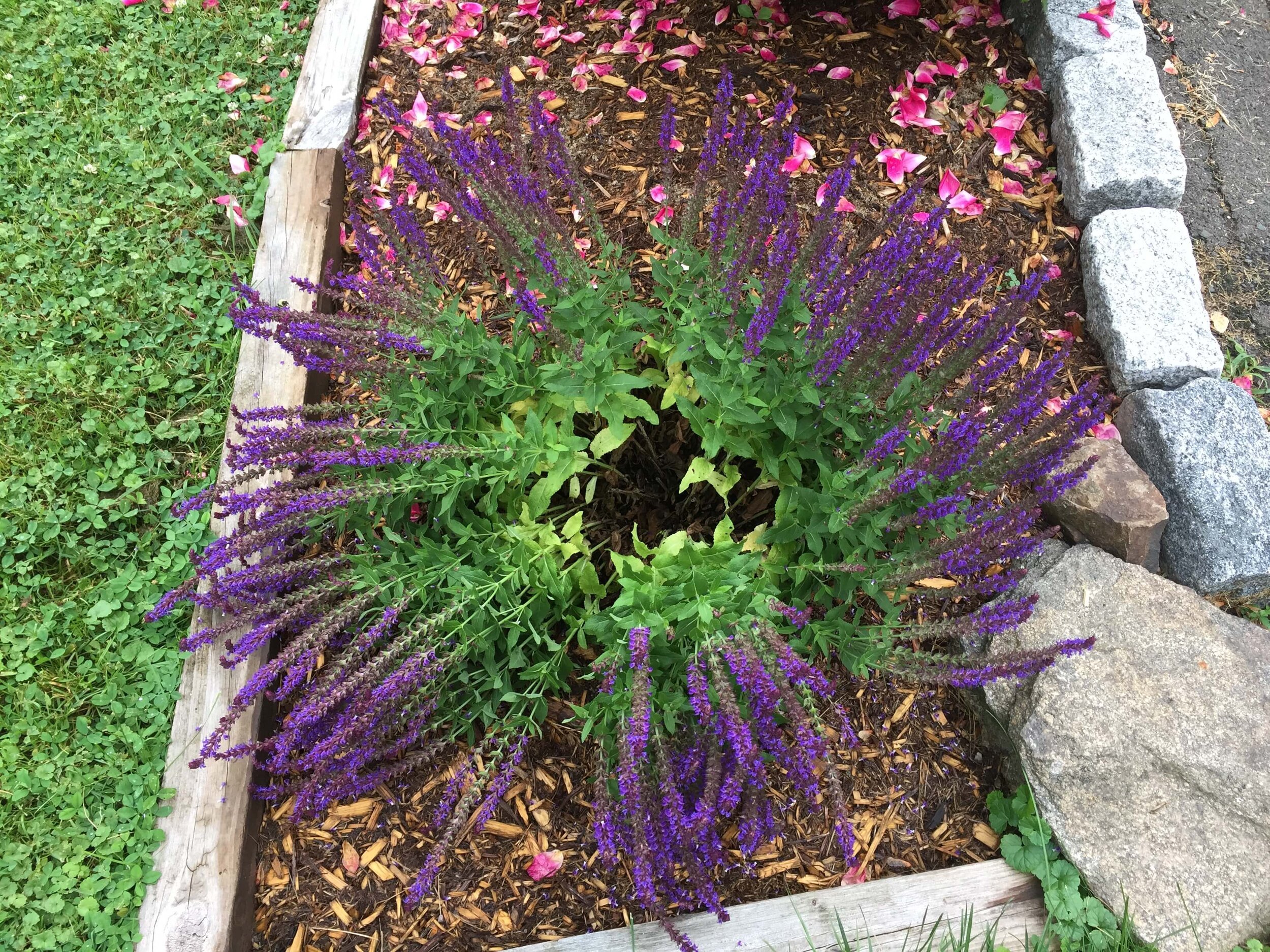
One of the most commonly faced issues is Salvia becoming leggy and ruining its shape and appearance. A plant becomes leggy due to the lack of water supply and sunlight. Even though Salvias do not require much water to survive, you still need to water them well occasionally.
3. Wilted Leaves
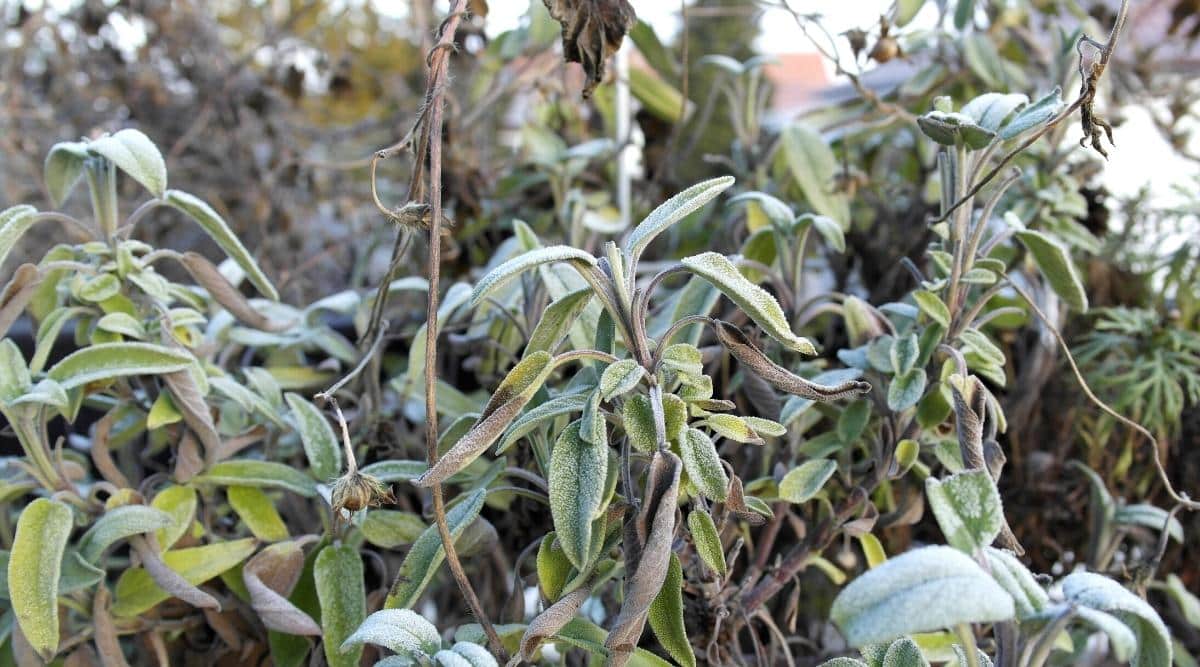
Wilted leaves kill the aesthetic look of your Salvia plant. They make it appear dull, boring, and dead. The excessive heat or overwatering of the plant causes Wilty leaves. Some pest infestations may also lead to wilting.
Tips to Maintain Salvias
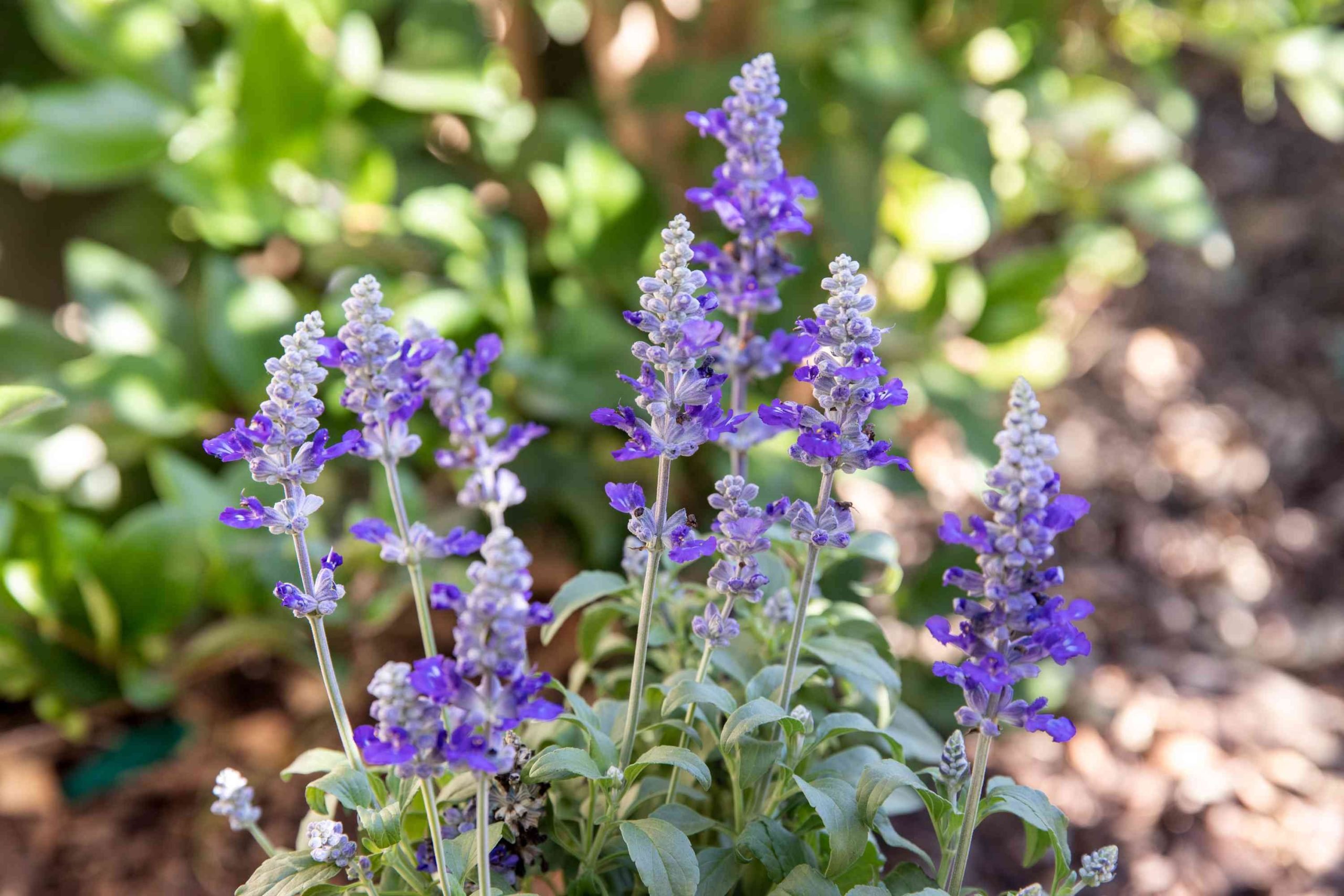
Maintaining Salvias may look easy, but it requires a thoughtful approach and mindful actions from the gardener. These beautiful flowering plants bloom only with the right care. Here are some expert tips to grow and maintain healthy Salvias:
- A fully grown Salvia plant is draught-resistant. However, it needs water in its growing stage. The watering becomes more essential if you are growing Salvia in a pot.
- It is necessary to deadhead the old Salvia flowers to fasten the process of getting new flowers.
- You should also prune your Salvia plant regularly to keep it healthy and blooming.
- It is essential to protect the Salvia plant in the winter season. Experts suggest applying mulch on the plant during winter.
- Salvias do not need fertilizers, but you can nourish them with a light and balanced feed as the spring boosts their growth.
Conclusion
The answer to the question of whether the Salvias plants are low-maintenance or not lies in understanding the plant’s needs and providing it with the right care. Salvias have remarkable resilience and adaptability, but they do require the gardener’s attention on specific needs. Salvias can indeed be a low-maintenance addition to our gardens and homes, but they do need diligent care.
By providing Salvias with proper sunlight, water, and space, you can enjoy their bright and vibrant hues! You should check the plant regularly for pest infestations or any other disease. Also, remember a little trimming goes a long way in Salvia’s case.
So, go ahead and make your garden a blooming paradise with the stunning Salvias!

